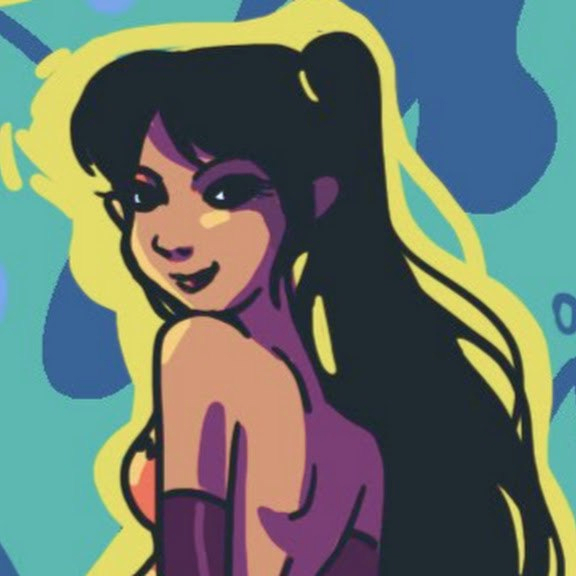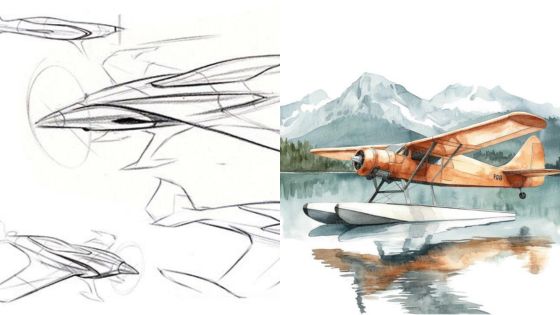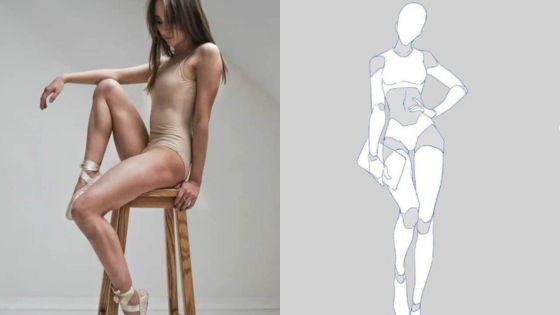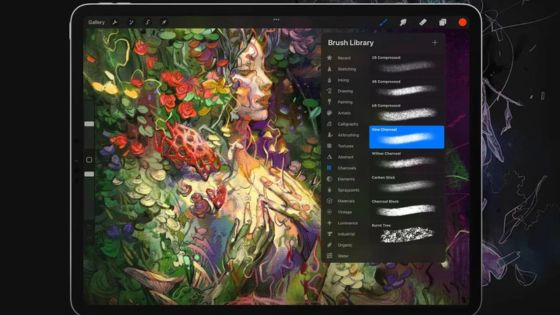A creative block is an annoying place to be in. There is no real progress; time is flying, and you do not even know how to do the work. You get agitated when you are in such a place, and nothing makes sense. Then, there is that angry and sad voice telling you that maybe you are not good enough. The feeling gets worse when you see your peers far ahead with their ideas. There is one thing you must first understand: you are good enough. Secondly, every artist has experienced the block. You can also experience this type of block when writing a paper, commonly known as writer’s block. It makes you get stuck with your paper and is one of the reasons some collegians pay for essay services. So, if that’s you right now, here are the tips to overcome creative block and reignite your creative flow.
Step Away and Take a Break
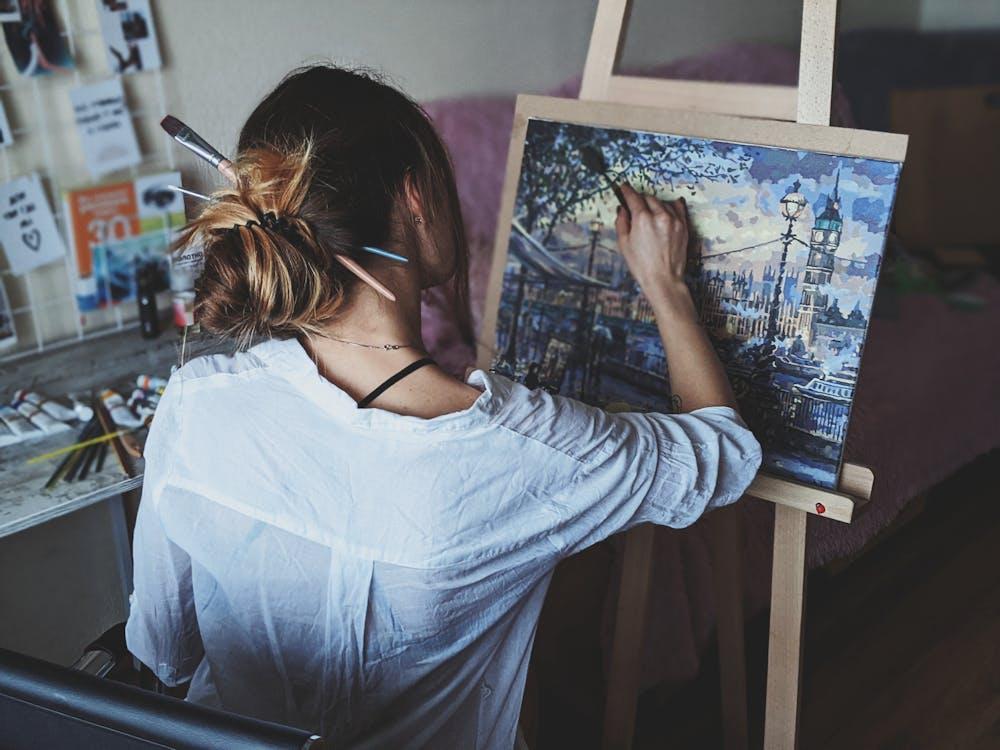
With an upcoming deadline, stepping away from your work is the last thing you want to hear. However, it is necessary, and it works. Sometimes, a creative block is a sign of fatigue or just a way of your body saying, “I need a break.” So, instead of fighting with it, let go. Take a break and focus on non-artistic activity. You can hang out with your friends, listen to music, or take a nature walk. It will give your mind space to recharge and relax, which is the foundation of brilliant ideas.
Explore New Mediums and Techniques
A creative block can result from the monotony of the artistry style. It means you are used to only one style and have explored it too long. You need to keep your creative mind excited by trying new techniques. For instance, if you are into painting, why not jog your mind with sculpturing, digital art, or even photography? By trying new things, you stimulate your mind to spark fresh ideas. It also challenges you and pushes you out of the one-style comfort zone. If you are stuck, try a new technique within your field and see what happens.
Create Without Pressure
Art is something that flows naturally; you can’t force it. Instead of worrying about the outcome, try freestyling your idea. Grab a piece of paper, doodle your thoughts, sketch with a pencil, or do anything that comes to your mind. You never know what could happen. The abstract expressionist artist Jackson Pollock is an excellent example of such a scenario. He stated that he had tried traditional methods, and they were not working, so he started splattering and dripping paint on a blank canvas, and voila, it worked! The spontaneous idea made him the father of freestyle art. To get out of the creative rut, stop trying to figure out the whole idea before you start working on it. Instead, start and let the idea come together as you work on it. It can help to reignite your passion to enjoy the process rather than waiting for the final outcome.
Find Inspiration in Nature and Everyday Life
Albert Einstein once said, “Look deep into nature, and then you will understand everything better.” He was right. Nature is rich in inspiration. From how everything interacts to the vibrant colors, different shapes, and texts, it is a masterpiece. Simple things like landscapes or a sunset can spark an idea. So get out, take a walk in nature, and be open-minded, and ideas will come to you.
Visit Art Galleries and Museums
Sometimes, the mind needs exposure to different perspectives. If you are stuck with a paper, reading quality samples of the paper, like those written by academic writers mentioned in the PayForEssay review, can give ideas on how to write your paper. It is the same case with art. The world of artistry is a representation of different perspectives. Seeing how other artists approach art can help you discover new ideas you did not even know existed. Next time you are on a creative block, tour the museum and explore others’ works; you might go home with a solution.
Study Art History
Art is an evolving tradition. It keeps on changing to adapt to trends. The changes have led to the different art movements you can learn from, making the past a treasure trove of wisdom and knowledge. Studying art history can give you different perspectives, tips, and tricks to incorporate into your art. Additionally, examining previous iconic artists gives you fresh motivation to go about your work. It is finding motivation, not copying or stealing.
Also, history is full of artists who have given their journey in art, highlighting their struggles and how they overcame them. A good example of such literature is The Letters of Vincent van Gogh, which describes Gogh’s journey and setbacks. If you are stuck, go back in history and read. You might find your answers there.
Collaborate With Other Artists
Working alone confines your thinking to your perspective only. However, by collaborating with others, you learn more and different ways to approach your art. Naturally, people have varying perspectives. When collaborating on art or simply holding discussions, you get to hear about their views and see art through their lens and get a different angle. It can go a long way toward reenergizing your creative process and spark new ideas.
Embrace and Leverage Your Emotions
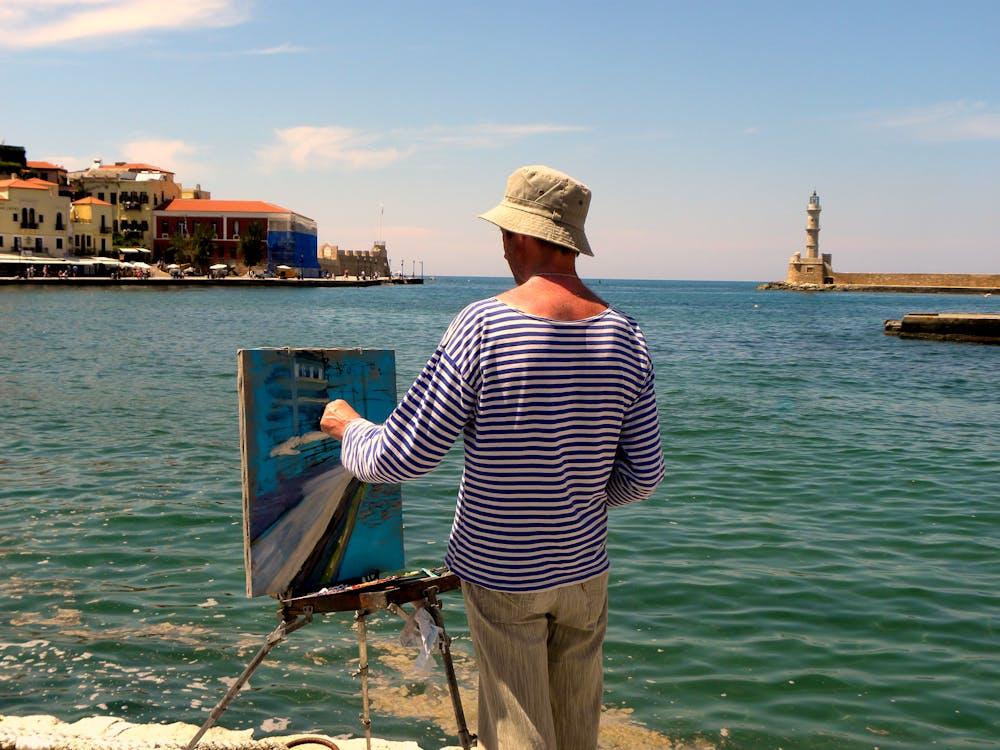
Research shows that creativity is related to emotions. Art by itself showcases the artist’s emotions; by looking at art, you can have an idea of what the artist was feeling. Instead of trying to suppress or fight the emotions, use them as fuel for your art. Whether feeling joy, sad, or frustrated, let the feelings guide you. By embracing your emotions, you become one with them, and they will guide you in terms of color, strokes, and overall style. So, whatever you feel, don’t fight it; let it guide you.
Takeaway
Studying art is a simple yet sophisticated career path. It calls for you to draw from your inner self and come up with something that makes sense to everybody else. Sometimes, this is not easy, and you can find yourself going blank. However, do not beat yourself up—every artist has been there. All you need to do is find a way to reignite the spark. Follow the tips above for a bounce-back.
- 2shares
- Facebook0
- Pinterest2
- Twitter0
